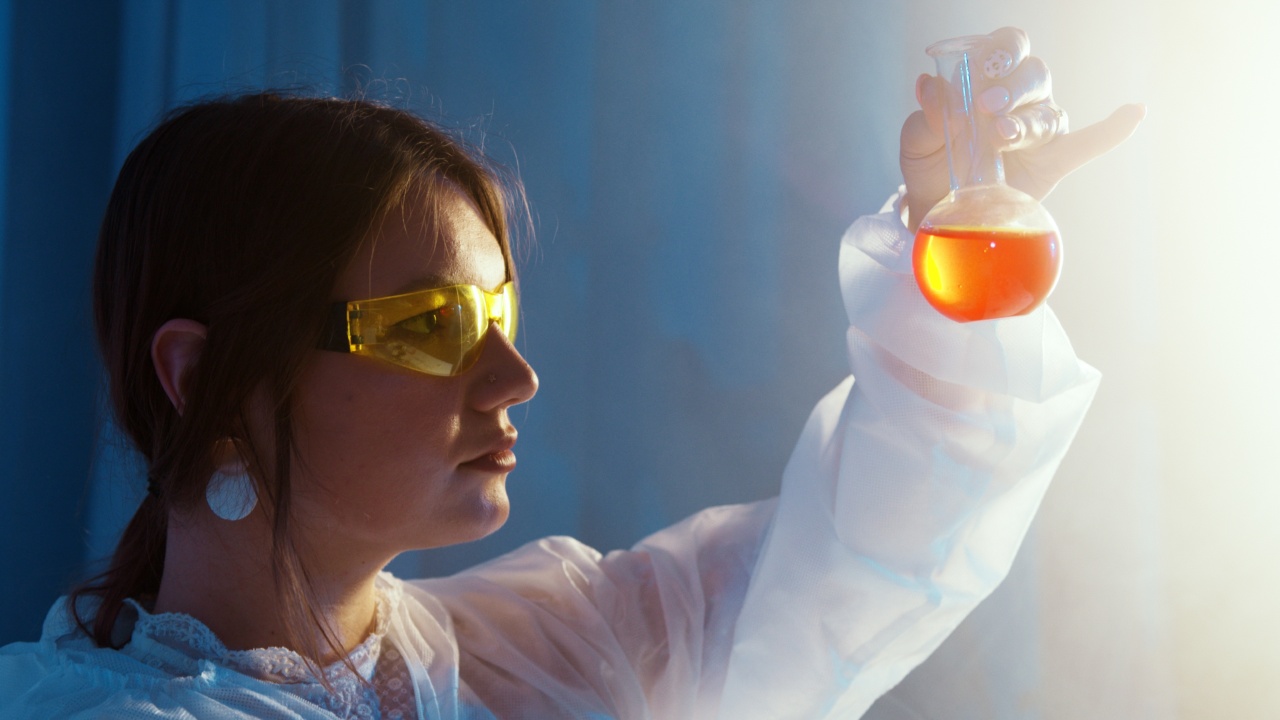Lice are tiny, wingless parasites that feed on human blood. They are a common problem, especially in schools and other group settings, where they can spread easily from person to person.
In this article, we’ll take a look at the science of lice, including what causes them, how they bite, and how epidemics can occur.
What Are Lice?
Lice are small, wingless insects that live on the human scalp, body, and pubic area. There are three types of lice that affect humans: head lice, body lice, and pubic lice.
Head lice are the most common type and are found on the scalp, behind the ears, and at the nape of the neck. Body lice are found on clothing and bedding and only move to the skin to feed.
Pubic lice, also known as “crabs,” are found in the pubic hair and can also be found in armpit hair, eyebrows, and eyelashes.
Lice feed on human blood by biting the skin with their sharp, needle-like mouthparts. They can live on a human host for up to 30 days and can lay up to 10 eggs a day.
These eggs, or nits, hatch in about 7-10 days and take another 7-10 days to become adult lice.
What Causes Lice?
Lice are spread from person to person through close contact or by sharing personal items such as hats, combs, and clothing. They do not jump or fly but can crawl quickly from one person to another.
Head lice are most commonly spread among children in schools and daycares. Body lice are found in crowded and unsanitary living conditions such as homeless shelters. Pubic lice are spread through sexual contact.
It’s important to note that having lice does not mean that a person is dirty or unhygienic. Lice can affect anyone regardless of cleanliness.
How Do Lice Bite?
Lice use their sharp, needle-like mouthparts to pierce the skin and feed on human blood. Their saliva contains chemicals that prevent the blood from clotting, making it easier for them to feed.
This saliva can also cause an allergic reaction in some people, resulting in itching and irritation.
Lice bites often result in small red bumps on the scalp, neck, and shoulders. The itching can be intense and can lead to secondary infections if scratched too much.
Scratching can also cause the skin to become red and inflamed, leading to a condition called impetigo.
How Do Lice Epidemics Occur?
Lice epidemics can occur when there is a high concentration of people in a small area, making it easy for lice to spread from person to person. Schools, camps, and nursing homes are all common settings for lice epidemics.
Another factor that can contribute to lice epidemics is the development of resistance to commonly used lice treatments.
Overuse of pesticides such as pyrethroids has led to the development of “super lice” that are resistant to these treatments.
Preventing lice epidemics requires a combination of measures, including good hygiene practices, regular screening, and prompt treatment of infestations.
It’s also important to avoid sharing personal items such as combs, hats, and clothing, and to wash bedding and clothing in hot water.
Treatment of Lice Infestations
Treating lice infestations involves killing the adult lice and removing all nits from the hair. There are a number of over-the-counter products available that contain insecticides such as pyrethroids or permethrin.
Prescription treatments such as malathion and ivermectin are also available.
It’s important to follow the instructions carefully when using these products to ensure that they are effective and safe. It’s also important to re-treat the hair after 7-10 days to ensure that any newly hatched lice are also killed.
In addition to using insecticides, it’s also important to remove all nits from the hair. This can be done using a special comb called a nit comb or by manually picking them out.
It’s important to repeat this process every few days to ensure that any newly hatched nits are also removed.
Conclusion
Lice are a common problem that affects people of all ages and backgrounds. Understanding the causes, bites, and epidemics of lice is important in preventing and treating infestations.
By practicing good hygiene, regular screening, and prompt treatment of infestations, we can reduce the spread of lice and minimize their impact on our lives.































